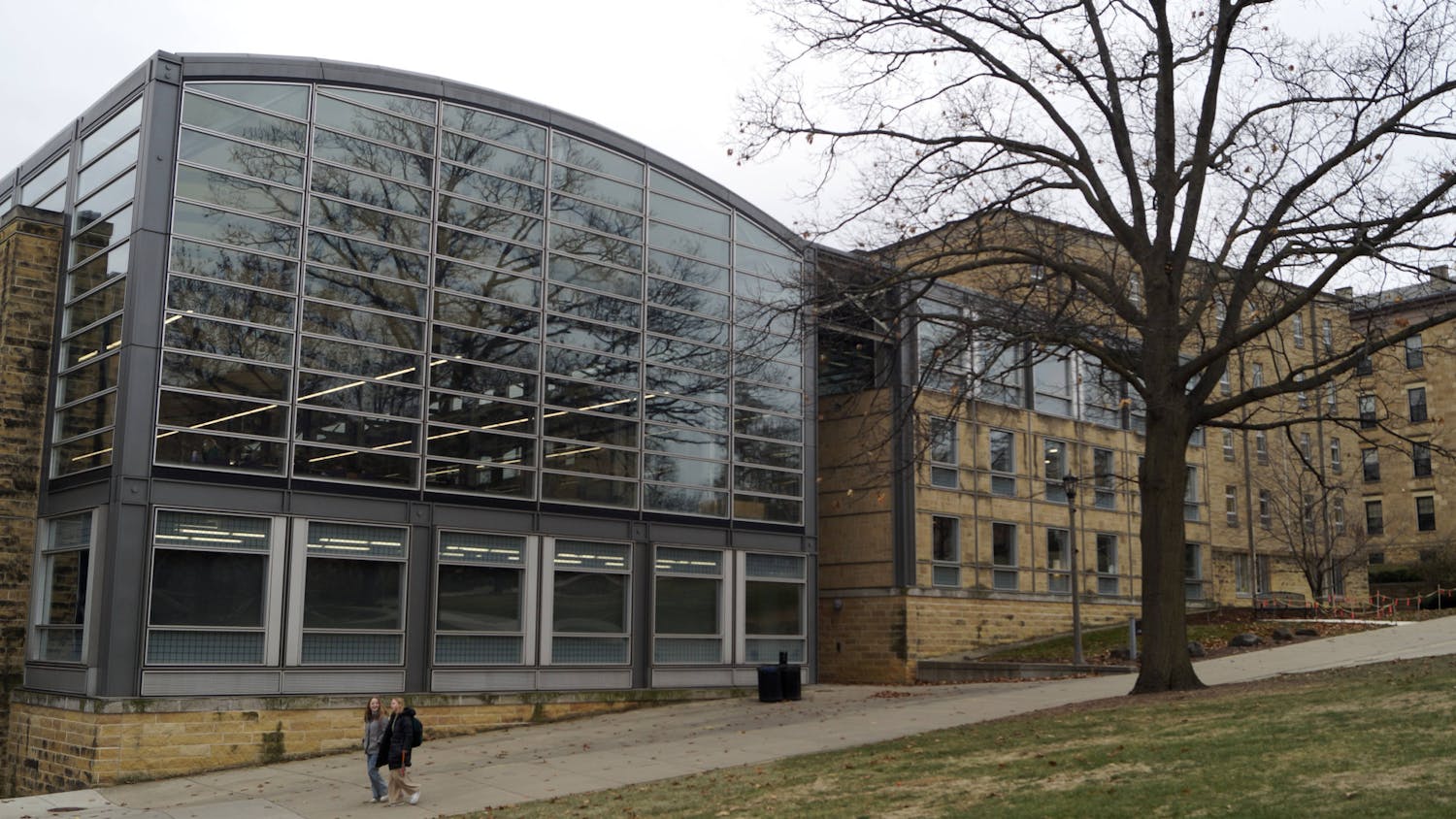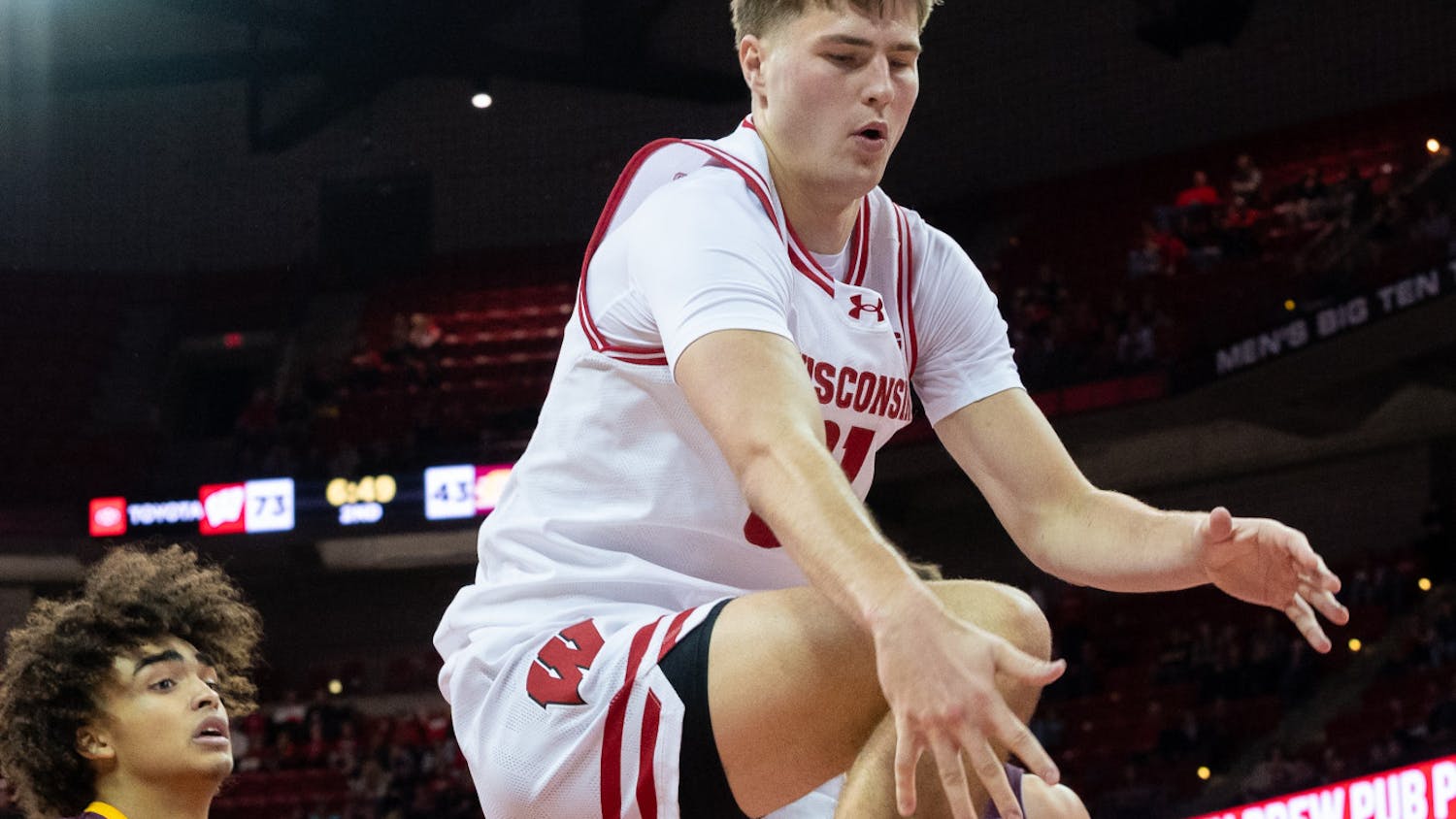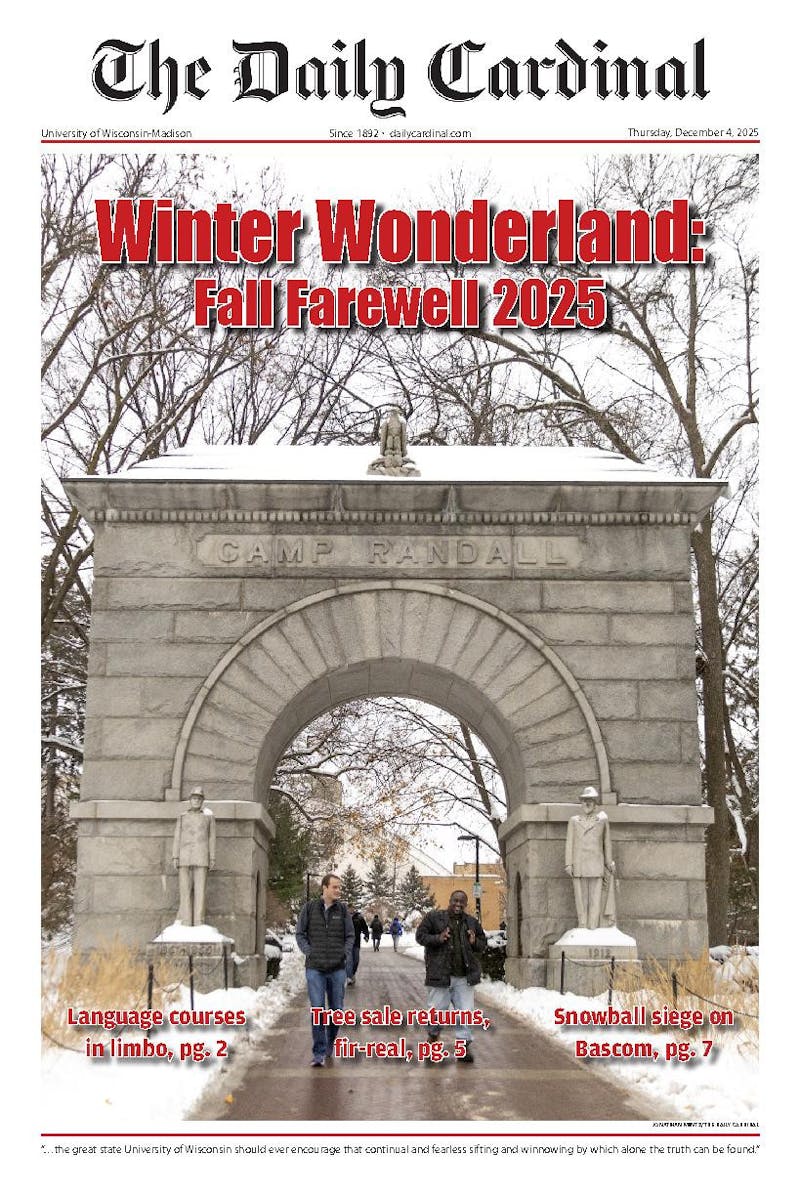When the University of Wisconsin-Madison launched a Women’s Physical Education Department in 1912, Wisconsin women did not have the right to vote. Women, only reluctantly admitted to UW-Madison in the first place, faced scientific misconceptions, double standards and restrictions from administration. But the department itself was always years ahead of its time, alumni said, from its early days to its eventual merger with the men’s program in 1976.
The department produced a plethora of talented alumni, including Ruth Glassow, a famous biomechanicist, and Betty Roberts, who discovered the modern-day optimal basketball shot and football kick.
Now, thanks to Cindy Kuhrasch, a professor emeritus of kinesiology, UW-Madison students can view the history of the department through a virtual exhibition and touchscreen display in the Medical Sciences Department. Kuhrasch, who spent the last 5 years designing the “Trailblazers in Motion” exhibit, spoke to The Daily Cardinal about her creative process and findings.
Kuhrasch’s inspiration
Before she retired, Kuhrasch coordinated the physical education teacher education program. Teaching in buildings like Lathrop Hall, the home of the Women’s Physical Education program, sparked her curiosity about the history of the physical education department at UW-Madison.
“I didn't have a clue that it was so old and so wonderful,” Kuhrasch said.
The women’s physical education department received accolades for its focus on physical and scientific rigor at a time when women were not believed to be capable of either. Classes focused on gymnastics and calisthenics, and students spent most of their time in Lathrop Hall, which then included a kitchen and bowling alley.
“[Students] would come to campus at six in the morning,” Kuhrasch said. “They ate all meals [in Lathrop], studied in the lounge, took classes and socialized in the bowling alley. It was their home base.”
When alumna Constance Fried attended the program in 1953, she said women in the physical education department only played half-court basketball, could not wear blue jeans to class and were forbidden from jumping on trampolines “because it might hurt [their] female parts.”
“They wanted us, I think, to try to be ladylike and good athletes at the same time,” Fried said.
Nevertheless, Fried was able to take zoology, anatomy and physiology classes, venture on kayaking and camping trips and conduct scientific research — similar to the coursework and experiences that physical education majors have access to today at UW-Madison.
“Women were so far ahead of their time in terms of creating a program that was science-based but also focused on the whole person,” Kuhrasch said. “The biggest difference was these women started this program when they weren't even really welcome to the university.”
Kuhrasch gathered videos, images and other data with the help of her students and historians running the university archives. This included oral interviews with luminaries in the department, such as Margaret H’Doubler, the founder of the nation’s first dance program of its kind at UW-Madison.
But the project was still missing something. Barb Gerloff, a professor in the School of Education, suggested Kuhrasch speak with alumni of the women’s physical education department. So she did.
“They sent me artifacts and photos, but mostly they shared their stories,” Kuhrasch said.
Kuhrasch’s phone calls also appear in the virtual history exhibit, a format she settled on so alumni of the program across the country could view the exhibit without coming to campus.
Kuhrasch uncovered old traditions from the department, like before-school picnics, remembrance books commemorating a school year and a May Day celebration. She brought some of these, like the end-of-year banquet, back to the current program.
“We celebrate, we eat together and we involve the local teachers that support our students, too,” Kuhrasch said.
Alumni describe the lifetime return of their education
Susan Schaffer, the first female vice president of United Airlines, graduated from UW-Madison in 1962 with a degree in physical education and worked as a gym teacher at New Trier High School in Illinois. When the high school split into New Trier East and New Trier West, Schaffer helped found New Trier West’s physical education department.
When Schaffer went to Michigan State for a degree in Instructional Technology, she discovered United Airlines’ training program.
At United Airlines, she quickly climbed the ranks, gaining notoriety for her “sports knowledge and skills” — for example, for besting the then-president of United Airlines in a game of golf.
“I left the program confident of my abilities, not only to learn and grow, but to lead,” Schaffer told the Cardinal in an email.
Schaffer credited UW-Madison’s physical education program for helping her navigate the male-dominated management world, saying it helped her “tremendously” in her career and that the “strong women” she met “challenged and inspired” her. She added the program helped her build lifelong exercise habits.
Department instructors and staff added “fun and gravitas” to Lathrop, Schaffer said. The Dean of Students, Martha Peterson, allowed Schaffer to stay off-campus her senior year, which female students under 21 were restricted from doing at the time.
Fried first attended UW-Madison’s program in 1953 and returned for a master’s degree in 1983, abandoning her graduate program at Kent State because her “education was 10 years ahead of its time from Wisconsin.”
“The professor [at Kent State] gave us an assignment,” Fried said. “Nobody understood what I was talking about except her. She said to me, ‘where did you graduate from?’ And I said, ‘University of Wisconsin,’ and she said, ‘Oh, well, that explains it.’”
Fried eventually retired as a biology teacher in Florida. She also coached swimming and received a captain’s license from the U.S. Coast Guard. Now, she serves as a volunteer guardian ad litem, a court-appointed special advocate in legal cases involving the U.S. Department of Children and Families.
During her time at UW-Madison, Fried took courses with famous “prime movers” of the time, including Margaret H’Doubler and Ruth Glassow. She said her favorite instructors were Glassow and Marie Liba, who taught volleyball. She called her relationship with her professors “easy” and informal, describing a time she and a roommate gifted her teacher, Kitty Fritz, tulips stolen from the university gardens.
Fried said of the sixteen undergraduates in her class, five are still alive, all 93 years old. They keep in touch monthly through a Zoom meeting.
Fried called her studies in the women’s physical education department “the best time of my life.”
“I loved the whole time I was there… I am so proud of what I learned and the people that I associated with,” she said.






